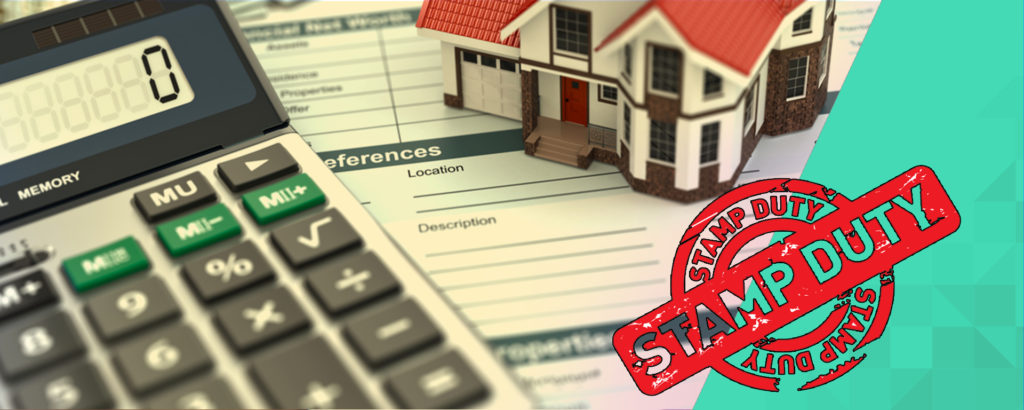Stamp Duty and Registration Charges in India: What You Need to Know
 You have taken a home loan at an affordable rate. So, half the job is done to get your dream home. But some formalities are still to be completed. You will now come across stamp duty and registration charges. Let’s take a look at these terms to figure out the total amount you should cough out to take possession of your home.
You have taken a home loan at an affordable rate. So, half the job is done to get your dream home. But some formalities are still to be completed. You will now come across stamp duty and registration charges. Let’s take a look at these terms to figure out the total amount you should cough out to take possession of your home.
Stamp duty is a tax applied on certain documents for their legal recognition. In India, stamp duty is levied on the transfer or sale of property, shares, and movable and immovable assets.
Registration charge is paid over stamp duty. You must pay this to transfer and register the property or asset under you name.
It amounts to 1% of the value of the property or agreement, whichever is higher. The maximum amount is Rs. 30,000.
Do remember that registration charges also vary from one state to another.
How to Calculate Stamp Duty?
Stamp duty is calculated on the market value or agreement value of the property, whichever is higher. To calculate the market value, authorities refer to the circle value of the property.
You may wonder what exactly is the circle rate? It is the lowest value at which a plot, built-up house, apartment, or a commercial property is sold or transferred to another person’s name.
The state government’s revenue department or local development authorities fix this rate.
In India, stamp duty varies from state to state. For example, it is 10% of the value of the property in Maharashtra, while it is only 7% in Tamil Nadu.
Look out for an online stamp duty calculator to know the amount to be paid as stamp duty.
How to Save Money on Stamp Duty?
You can save money on stamp duty. The government has reduced the rate for women to encourage property ownership among them.
In Delhi, the rate stands at 4% for women, while it’s 6% for men. So, buying the property under your spouse’s or mother’s name will help you save a handsome amount.
Factors Determining Stamp Duty
Multiple factors determine the amount of stamp duty to be paid. Some of them have been given in the following:
- Old or new property: Whether the apartment is new or a reselling one
- Location of the property: Whether situated in a rural or urban area
- Usage: Stamp duty is different for a residential and a commercial property
- Building type: Stamp duty varies between an apartment and an independent house
- Physical condition: Disability is a factor. For example, the Rajasthan government charges 4% stamp duty for disabled people and 5% for general people
How to Pay Stamp Duty?
There are many ways of paying stamp duty.
- Non-judicial stamp paper: Stamp papers used for the execution of documents are called non-judicial stamp papers. Details of an agreement are either written or printed on such papers. The value of stamp papers is equal to the stamp duty applicable.
Stamp papers are used for legal matters in the court to avoid cash transaction.
- E-stamping: It is the digital system of paying stamp duty. You can simply log in to the official website of the Stock Holding Corporation of India Limited. Make the payment through any payment method at any branches of SHCIL.
The original documents need to be printed on a side and submitted with two photocopies to the registering officer.
This completes the registration of the property. Both the buyer and the seller, along with two witnesses, should be present at the time of registration.
Last but Not Least
The most important part of buying a home to secure an affordable home loan scheme. You should carefully consider the offers of different banks and non-banking financial companies (NBFCs).
Category: Personal Finance




